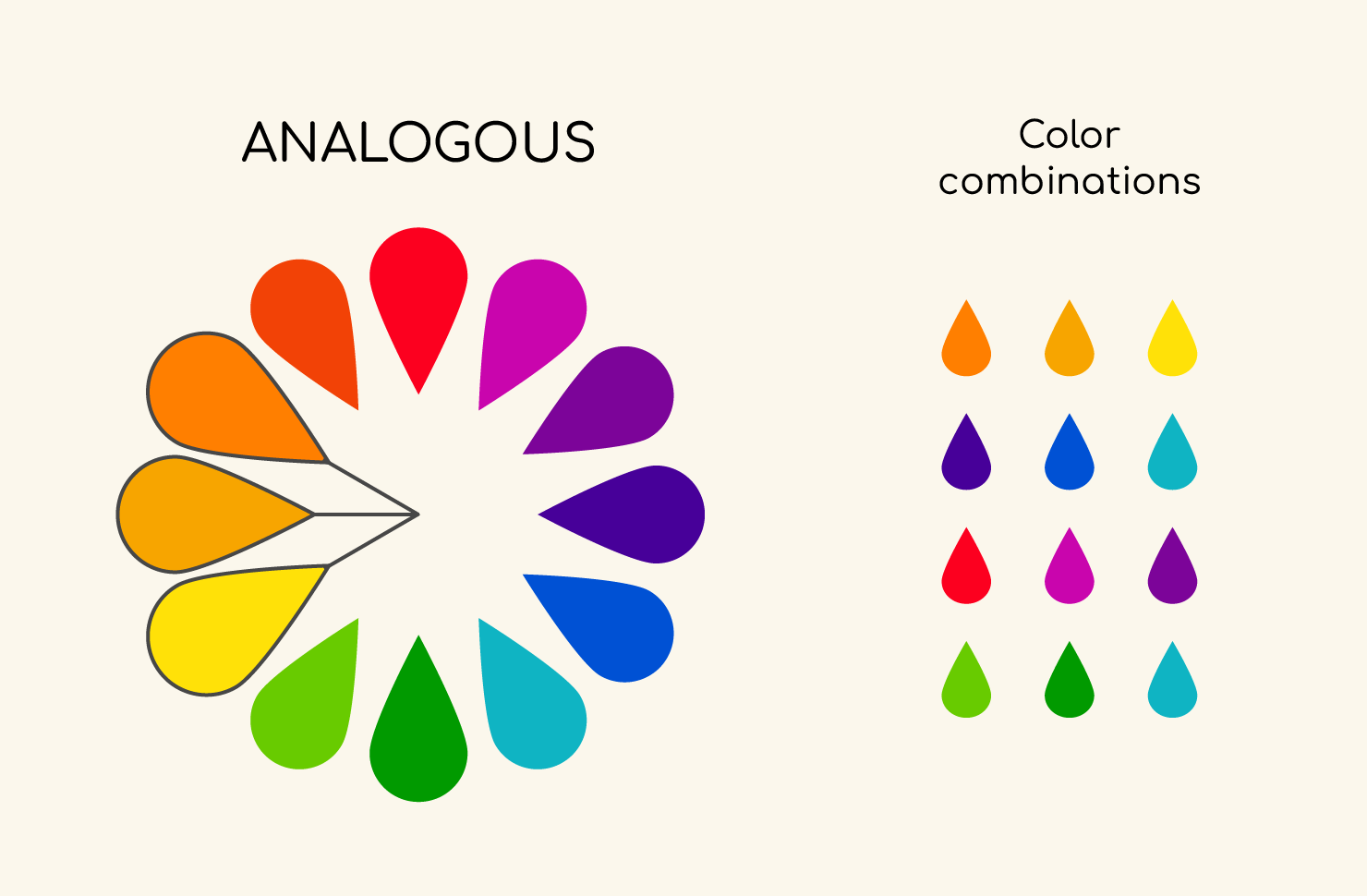How to Choose the Right Color for Your Brand

Choosing the right color for your brand is a critical decision that can shape how your business is perceived. Colors evoke emotions, communicate values, and even influence customer behavior. A well-chosen color palette can help you build a strong, recognizable identity that resonates with your audience. In this article, we’ll explore how to pick the perfect colors for your brand by focusing on psychology, strategy, and practical implementation.
Understand the Psychology of Colors
Colors are powerful tools that elicit emotional and psychological responses. Each color carries its own associations and can impact how customers feel about your brand. Below is a breakdown of common colors and their meanings:
- Red: Passion, energy, and urgency. Often associated with food brands (e.g., Coca-Cola, KFC) or brands that want to capture attention quickly.
- Blue: Trust, calmness, and professionalism. Popular in finance, technology, and healthcare (e.g., Facebook, IBM, Pfizer).
- Yellow: Happiness, warmth, and optimism. Used by brands aiming to feel friendly and approachable (e.g., McDonald’s, IKEA).
- Green: Nature, growth, and health. Ideal for eco-friendly, wellness, or finance brands (e.g., Whole Foods, Spotify).
- Black: Sophistication, elegance, and luxury. Common among high-end fashion and tech brands (e.g., Chanel, Apple, Nike).
- Purple: Creativity, royalty, and mystery. Often used in luxury, beauty, or creative industries (e.g., Cadbury, Hallmark).
- Orange: Energy, playfulness, and enthusiasm. Suitable for youthful, energetic brands (e.g., Fanta, Harley-Davidson).
💡 Tip: Think about the emotional response you want to evoke. If you’re a wellness brand, green might communicate health and balance. For a tech company, blue can build trust and reliability.
Define Your Brand’s Personality
Your brand personality is how you want your audience to perceive your business—are you fun and bold, or serious and professional? Your choice of colors should reflect this personality.
Ask yourself:
- Is my brand playful or serious?
- Is it youthful or mature?
- Is it bold and energetic or calm and soothing?
Examples:
- A children’s toy brand might use bright, energetic colors like orange and yellow to appear playful and fun.
- A legal firm might opt for navy blue and gray to signal professionalism and reliability.
Use adjectives to describe your brand personality and match those qualities with appropriate colors.
3. Know Your Target Audience
Understanding your audience is crucial to selecting colors that resonate. Consider these factors:
- Age: Younger audiences tend to favor vibrant and bold colors, while older demographics may prefer more muted or neutral tones.
- Gender: While blue is a universal favorite, softer hues like pink or lavender may appeal more to certain segments. Avoid stereotypes and consider modern trends.
- Culture: Colors hold different meanings globally. For example:
- White symbolizes purity in Western cultures but represents mourning in some Asian cultures.
- Red signifies luck and joy in China but can mean danger in Western contexts.
Research your target audience’s preferences and cultural associations to avoid unintentional missteps.
Analyze Your Competitors
Studying your competitors’ branding can provide insight into industry trends while helping you differentiate your brand.
- Identify Industry Trends: Are competitors using specific colors? For instance, banks often favor blue to convey trust and security.
- Find Opportunities to Stand Out: If competitors are using similar palettes, explore alternative colors that still align with your brand personality. For example, while many tech companies use blue, Slack stands out with a colorful and playful logo.
💡 Tip: Balance uniqueness with familiarity. While standing out is important, your colors should still make sense within your market.
Build a Strategic Color Palette
A cohesive brand color palette typically includes:
- Primary Color: The main color that dominates your branding. This is the color most associated with your business (e.g., Coca-Cola’s red).
- Secondary Colors: Supporting shades that complement the primary color. They add variety and can be used for accents, highlights, or backgrounds.
- Neutral Colors: Subtle shades like white, gray, or black that provide balance and are ideal for text, backgrounds, and minimalist designs.
Steps to Create a Balanced Palette:
- Start with one dominant color that reflects your brand personality.
- Choose 2-3 complementary shades that enhance the primary color.
- Add neutral tones for versatility.
Tools like Adobe Color, Coolors, or Canva can help you create harmonious palettes.
Test Your Colors Across Platforms
Your brand colors must be consistent and visually appealing across different platforms. Consider the following:
- Background Testing: Ensure text is legible against your color palette on both light and dark backgrounds.
- Device Variability: Colors can look different on screens, printed materials, and mobile devices. Test across mediums to maintain consistency.
- Accessibility: Ensure your colors are accessible to everyone, including those with color vision impairments. Use high-contrast combinations to improve readability. Tools like the WebAIM Contrast Checker can help.
Think Long-Term and Future-Proof Your Choice
Your brand colors are a long-term investment and a key component of your identity. Before finalizing, ask:
- Will these colors still represent my brand 5-10 years from now?
- Can they adapt as my business evolves?
- Are they timeless or overly trendy?
Investing time to make the right choice now can save you from costly rebranding later.
Conclusion
Selecting the right colors for your brand goes far beyond aesthetics. It’s about creating a powerful emotional connection with your audience and ensuring your brand stands out while staying authentic. By understanding color psychology, defining your personality, analyzing competitors, and considering your audience, you can craft a memorable and impactful brand identity.
Take your time, experiment, and choose a palette that tells your brand’s story. A thoughtful choice today will build a stronger, more recognizable brand tomorrow.
